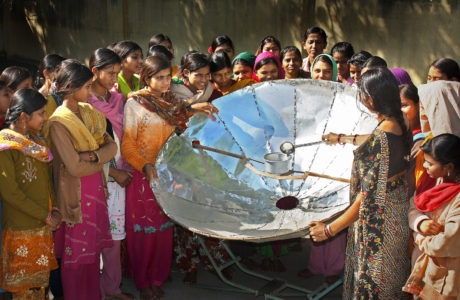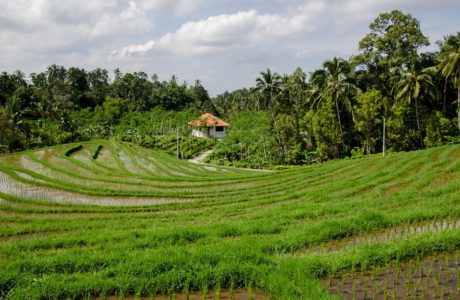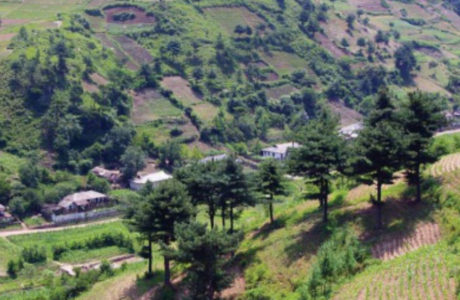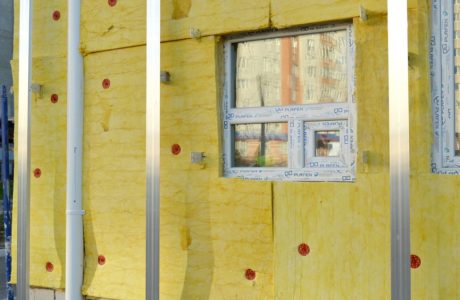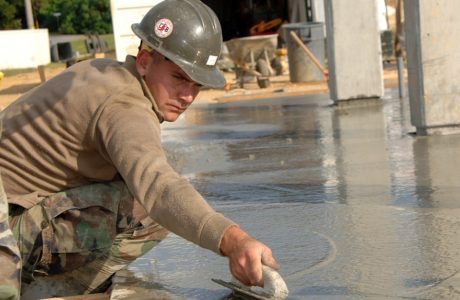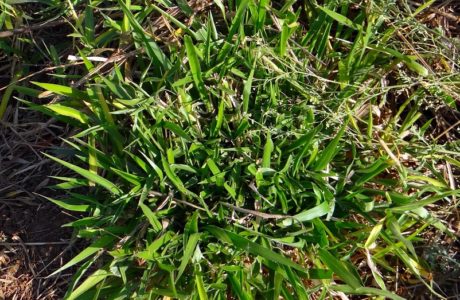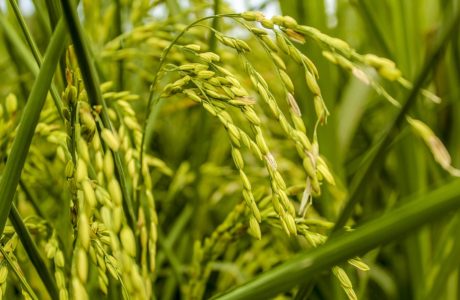
#1 Refrigerant Management
Materials
The primary chemical refrigerant, HFCs, is a potent greenhouse gas. Emissions are avoided by managing leaks and disposal and by phasing out the use of HFCs.
Read more
Refrigerant Management
Materials
Rank and results by 2050 #1
| Reduced CO2: | 90 gigatons |
|---|---|
| Net operational savings: | $-902.77 billion |
TOTAL CO2-EQ REDUCTION (GT)
Total CO2-equivalent reduction in atmospheric greenhouse gases by 2050 (gigatons)
NET COST (billions US $)
Net cost to implement
SAVINGS (billions US $)
Net savings by 2050
Impact:
Our analysis includes emissions reductions that can be achieved through the management and destruction of refrigerants already in circulation. Over thirty years, containing 87 percent of refrigerants likely to be released could avoid emissions equivalent to 89.7 gigatons of carbon dioxide. Phasing out HFCs per the Kigali accord could avoid additional emissions equivalent to 25 to 78 gigatons of carbon dioxide (not included in the total shown here). The operational costs of refrigerant leak avoidance and destruction are high, resulting in a projected net cost of $903 billion by 2050.



















